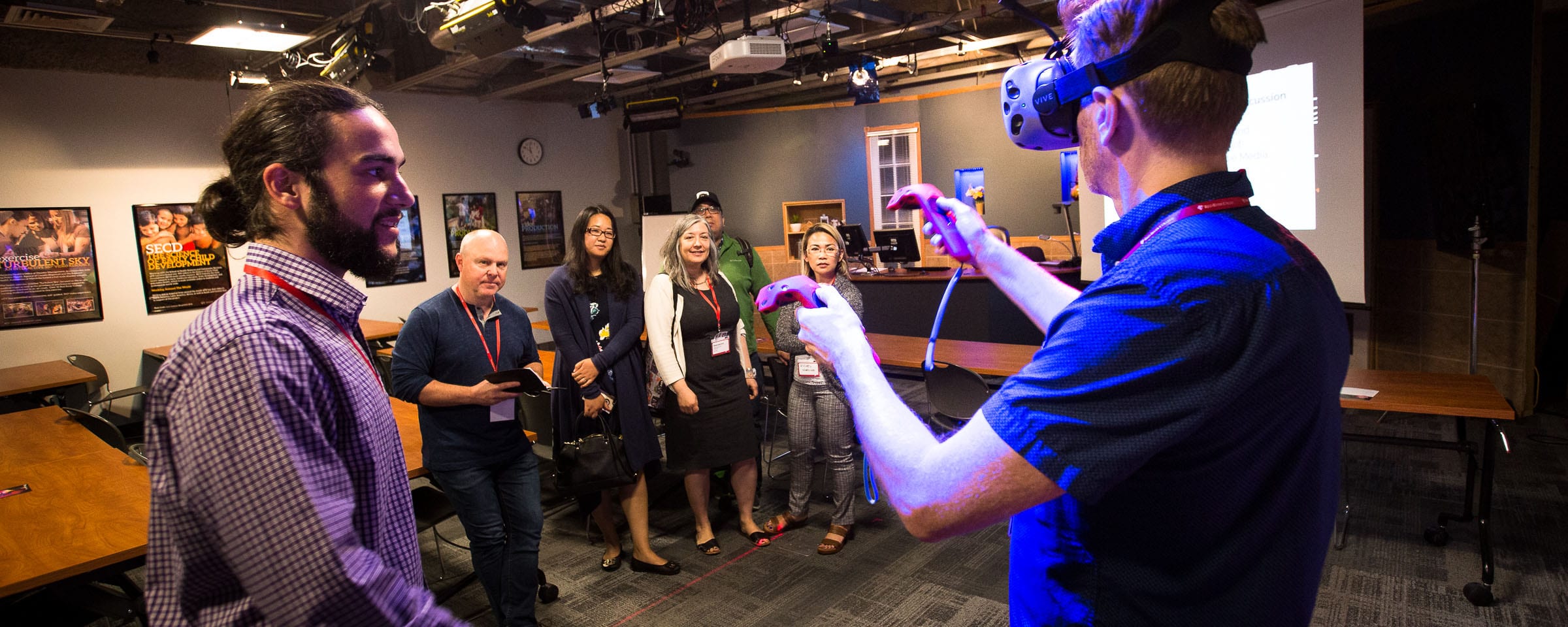Four Levels of Learning Management System Usage
For years I have been talking about doing some deep analytics on RRC’s usage of its LMS. This information is valuable to the College and the Teaching Learning Technology Centre in many ways:
- It helps us identify and learn from excellent usage of technology
- It helps us identify and learn from poor use of technology
- It gives us focus and targets for training – where are we in the use of certain tools?
- It informs us on the depth of our students’ experience with educational technology at RRC
- It can give us incredible insights into the nature of courses through analyzing gradebooks and assessments
- On an active basis it can allow us to identify students who may be at risk of attrition and direct them towards remedial resources
Fundamentally it allows us to learn from our successes and failures and use that information to embark on new paths.
I’ve identified four basic levels of LMS adoption. They may be looked at as a road map towards a course that effectively uses technology for learning. Let’s remember, though, that technology is a means to an end. The real goal should be the effective use of pedagogy, with technology as an enabler.
- No adoption. In the worst case an empty shell may be sitting there in LEARN (our LMS) with students enrolled in it but no instructor activity of any kind.
- Gradebook and basic content. Students in this day and age have a right to expect that their grades are available online – the day of them being posted on an office door are long past. They also should be able to expect their handouts to be available online. This category is the minimum that should be expected.
- Assessments taking place online. Quizzes and Assignment Dropboxes. This is not revolutionary either. Students have the right to expect to be able to hand in assignments online. Online quizzing allows for powerful analytics and instant marking. Self-assessments can and should be created so that students can test their learning frequently and effectively.
- Interaction taking place online. Discussion forums and other forms of synchronous or asynchronous collaboration. Use of groups tools to share files and discuss group work. Required discussions with insightful topics that help students interact with their peers to build knowledge. A portion of the final mark should be applied towards effective contributions in online interactions.
What made me think of this today was a quote from Wallace Pond (2002), who argued that “if the value of attendance has been high quality interaction among students and between students and instructors, then the indicator of quality today should be interaction, not attendance”. I thought that was very insightful. My goal is to get real online interaction into more courses at Red River College.
References
Pond, W. K. (2002). Distributed education in the 21st Century: Implications for quality assurance. Online Journal of Distance Learning Administration, 5(2).
